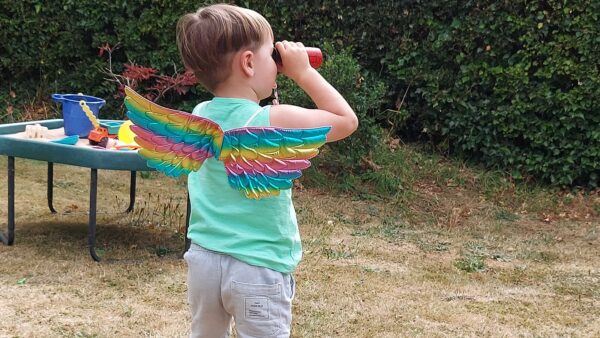Clear and large print guidelines provide a standard for maximising the legibility of printed documents such as leaflets, brochures, guidebooks and maps. They can also be applied to other forms of written communication such as letters and forms.
The guidelines were developed by the RNIB based on its own research. As with all accessible information it is impossible to cater for all individual needs but Clear and large print are a good starting point.
Clear print
- Clear print requires a minimum font size of 12pt Arial
- The font that you use should be clear in its design, without too many flourishes. Avoid ‘handwriting’ or ‘fancy’ fonts
- Space between the lines (leading) should be at least single spacing, preferably more
- Text should be left aligned. Text that is centred or aligned on the right could be missed
- Do not hyphenate words at the end of lines
- Avoid using text on top of images; it is difficult to read and can be completely missed
- Avoid using words that are all in capital letters, this can be hard for people with visual impairments or dyslexia to read
Producing clear print
When designing a document, leaflet or brochure it is important to remember that not all fonts have letters that are the same size. For example, 12 point text in Arial will appear larger than 12 point text in Calibri. If you are using a font other than Arial compare a paragraph or text in both the fonts and adjust your font size accordingly.
- Develop a house style for the main text of documents that conforms to clear print guidelines
- If you use external suppliers develop an accessible information brief that includes directions to conform to clear print guidelines.
Large print
Whereas clear print is appropriate as a standard for all printed information large print is an alternative format and is beneficial for people with visual impairments.
- Large print is defined by the RNIB as being 16pt Arial or bigger. You should not refer to a document as being large print unless it conforms with this standard.
- Large print documents should also conform to other clear print guidelines concerning layout, use of fonts and images.
Producing large print
- Reading long documents, even in large print can be tiring for people with low vision. You should therefore reduce the length of the text as much as possible.
- If you are promoting a large print version of a leaflet or a brochure ensure that this is clearly displayed at the beginning or on front, in text that conforms to large print standards.
Further reading
For information about font sizes for signs and interpretation panels the Sign Design Guide, Peter Barker and June Fraser, JMU and Sign Design Society (ISBN 1 85878 412 3) is available from the RNIB and the Sign Design Society.
In brief
- Clear print guidelines should be adopted as a standard for all printed materials
- Always check your text design against the same text in 12 point Arial to see how it
compares for size and clarity - Include accessible information guidelines as a part of your organisation’s commitment to
accessibility - As well as font size and style ensure that your materials display good colour and contrast



